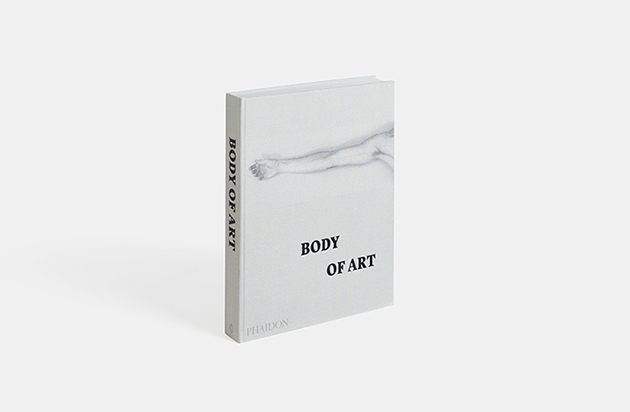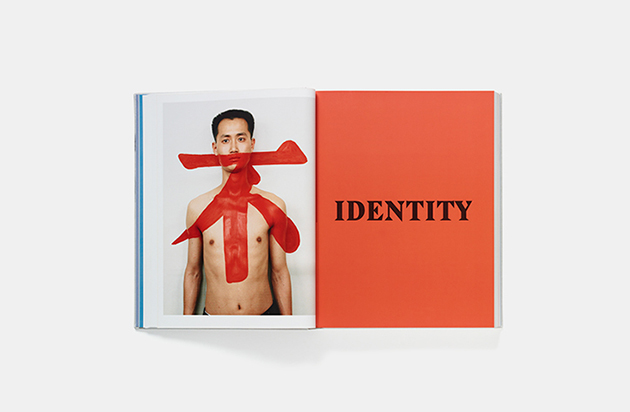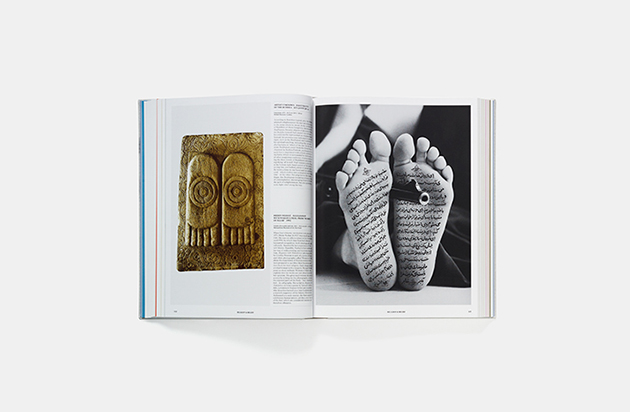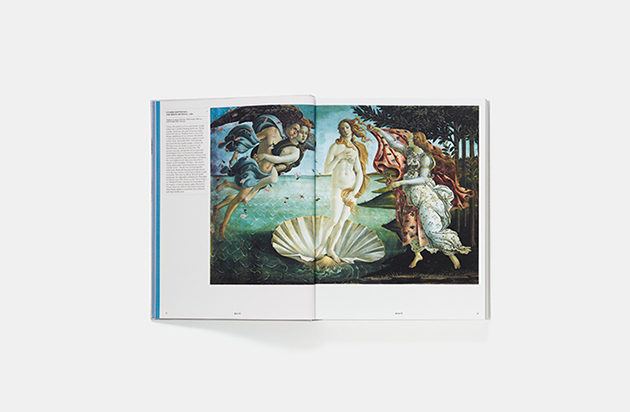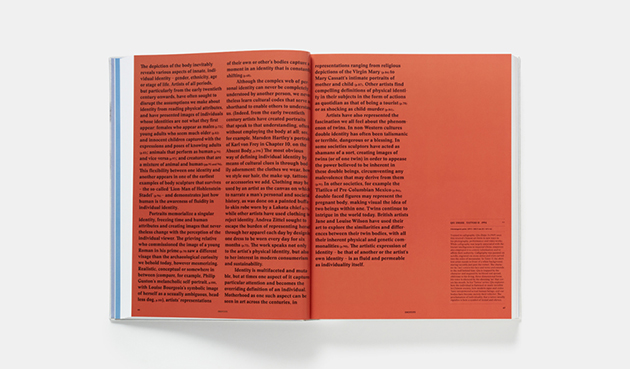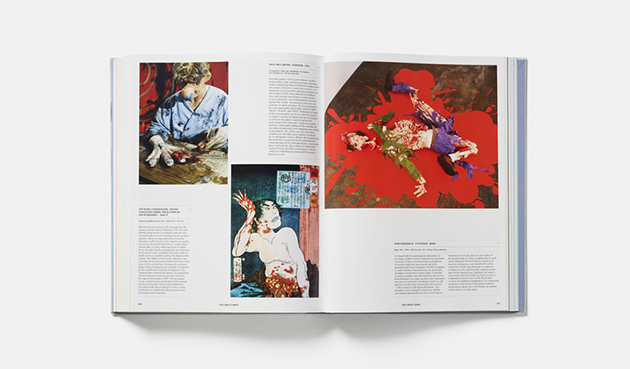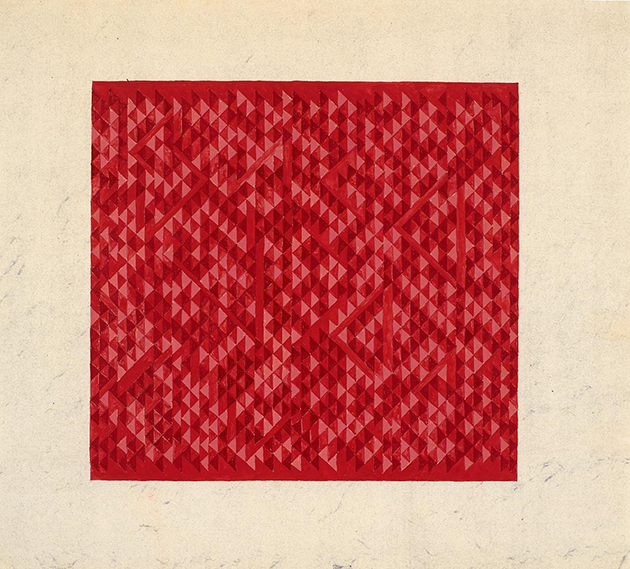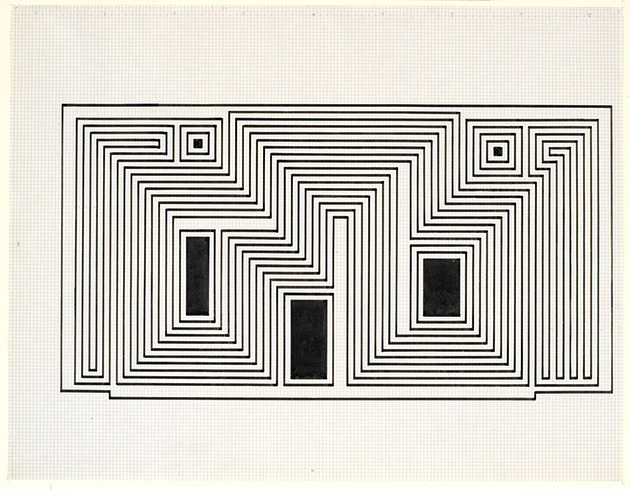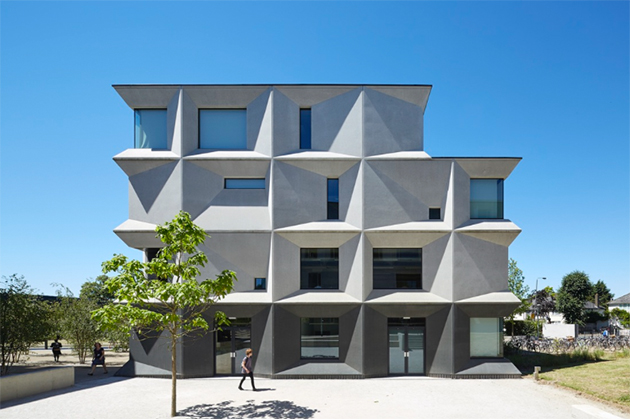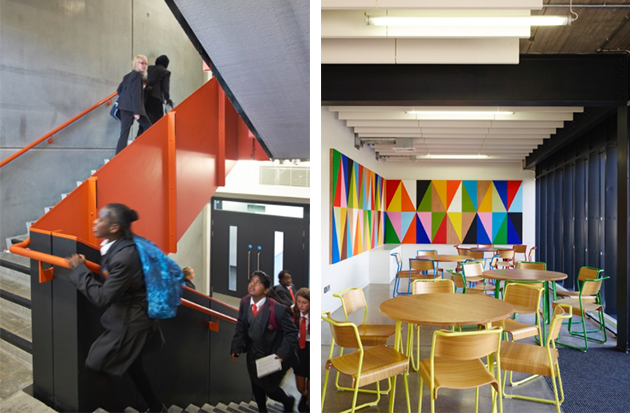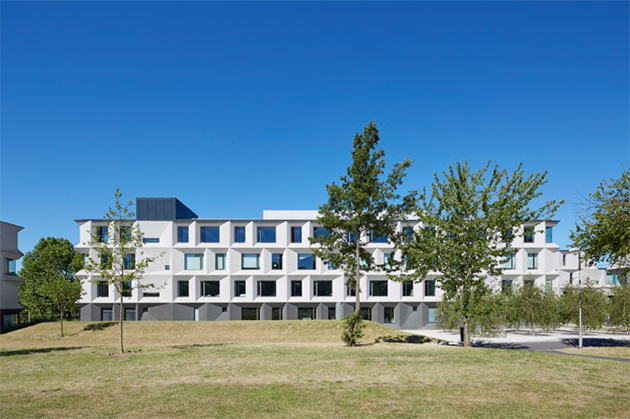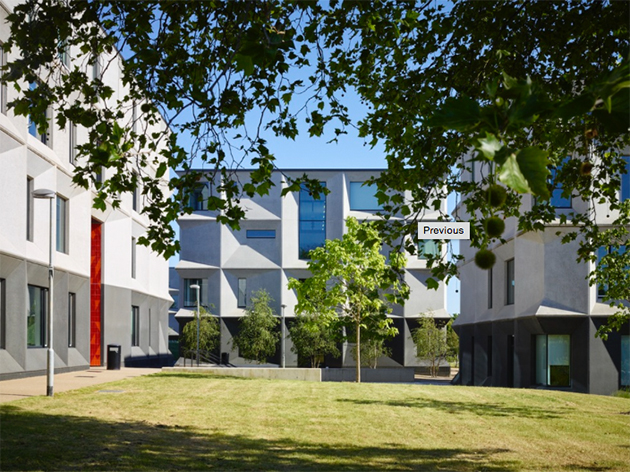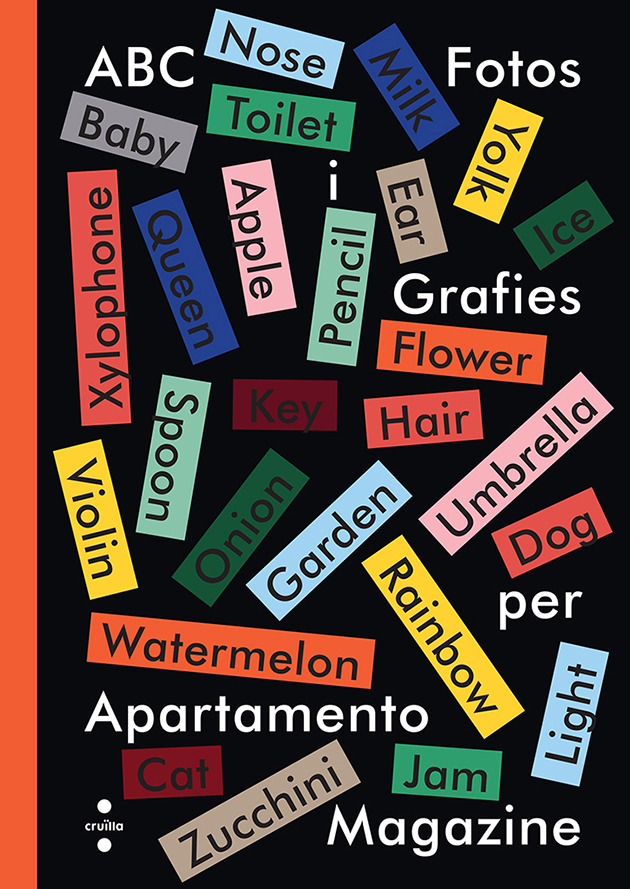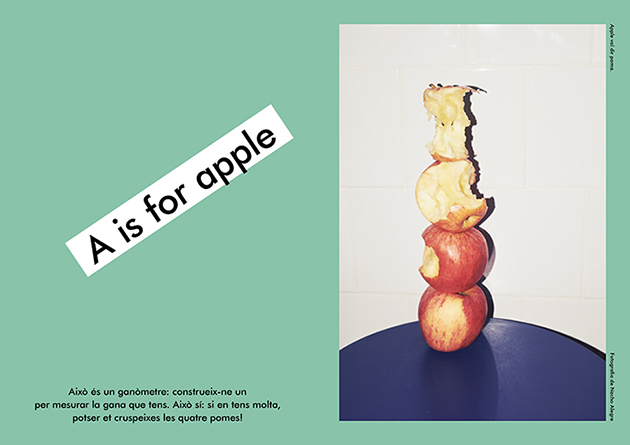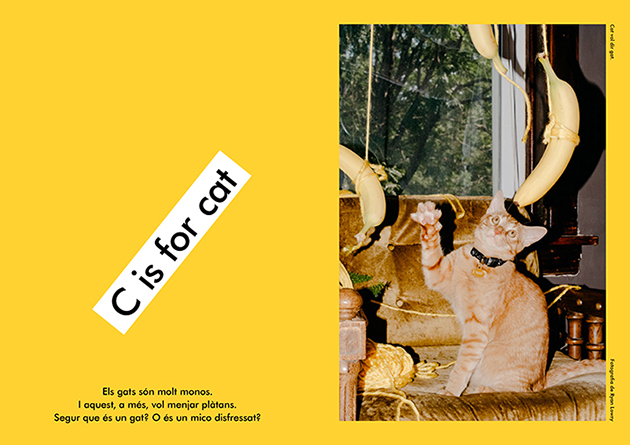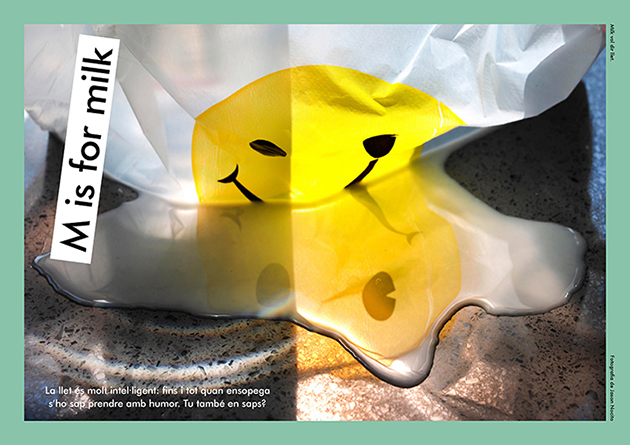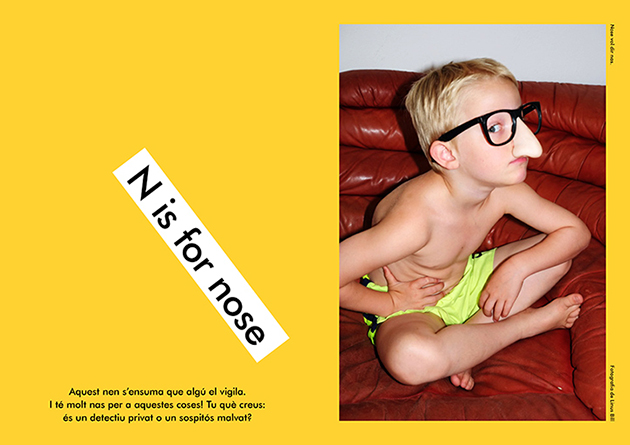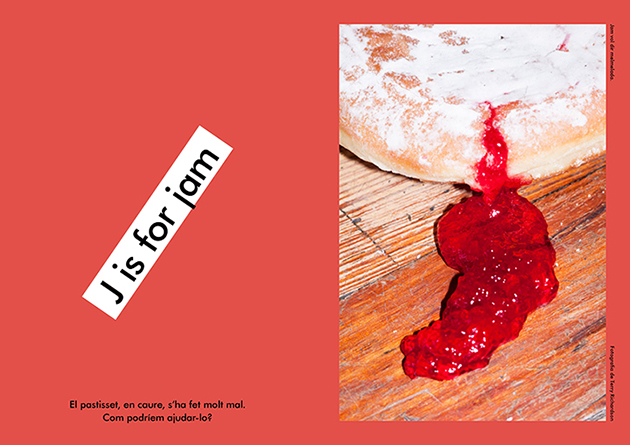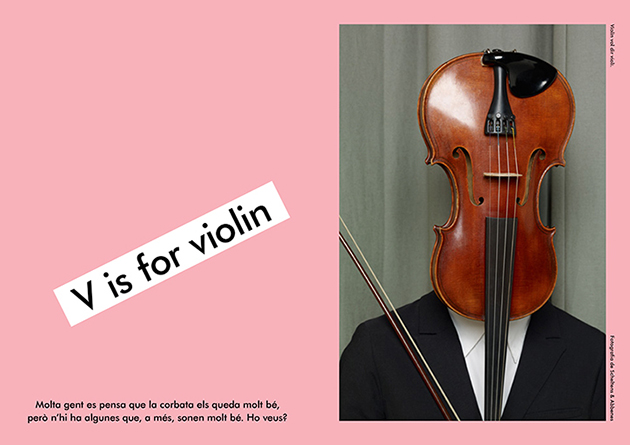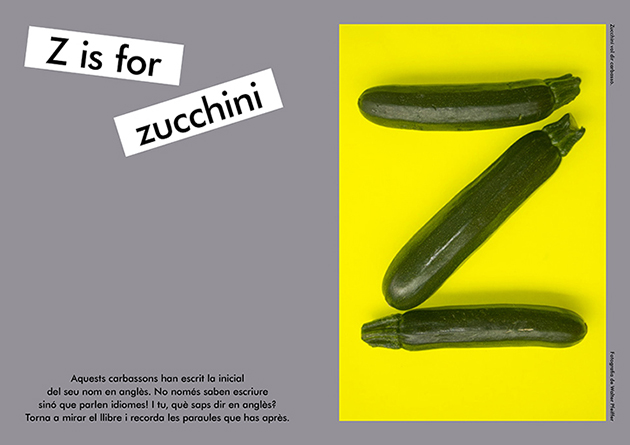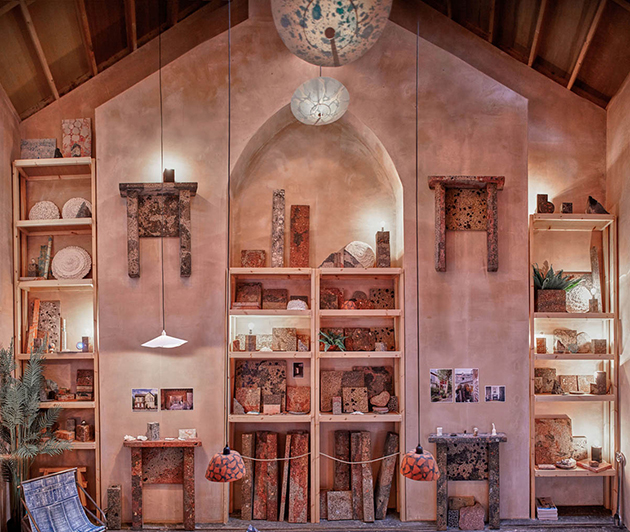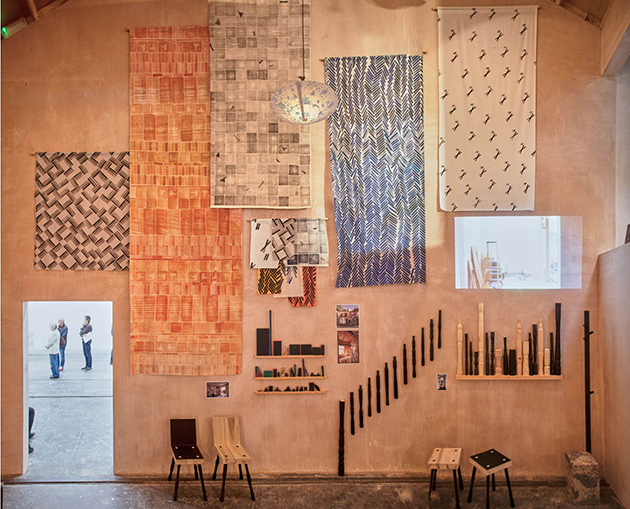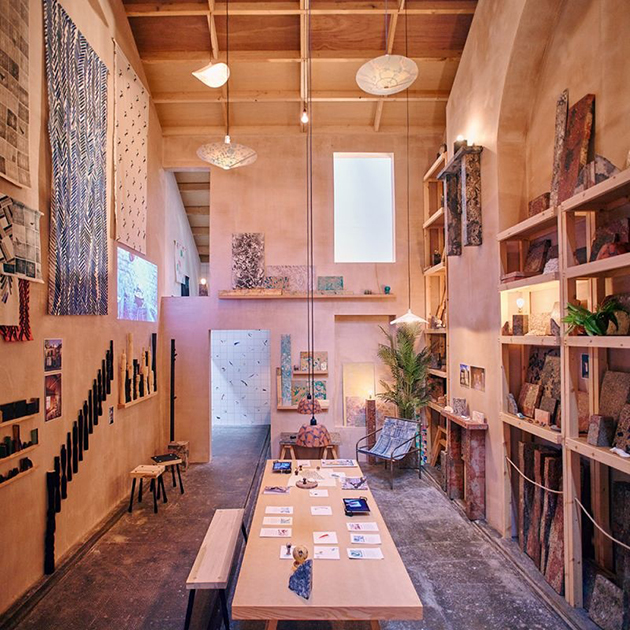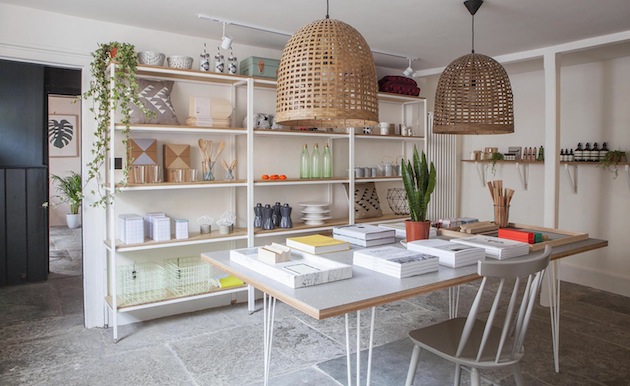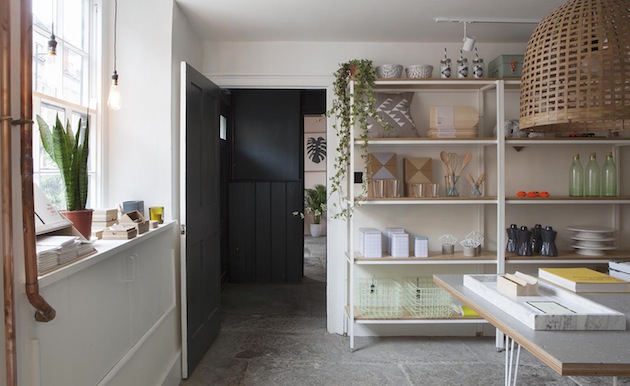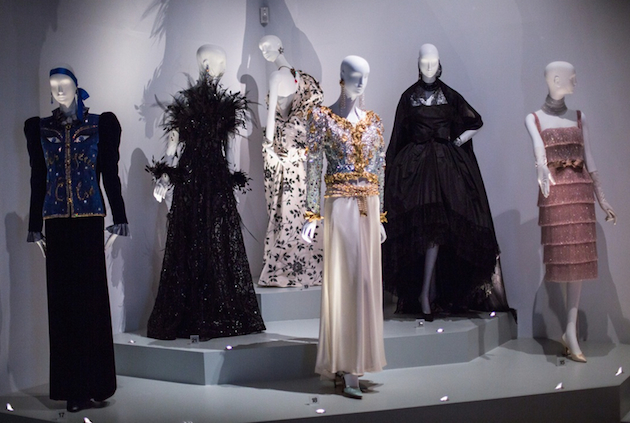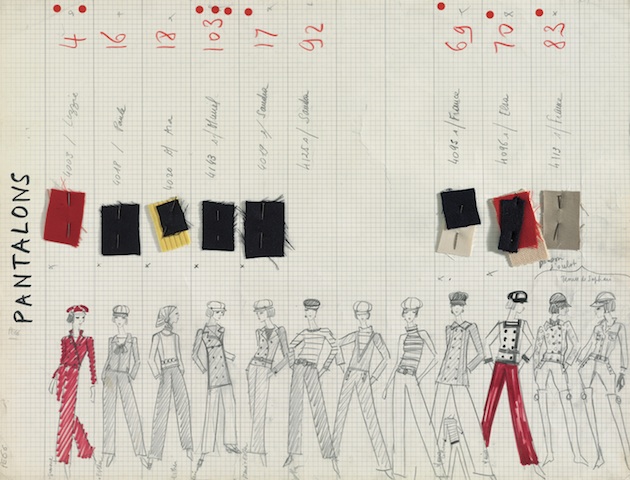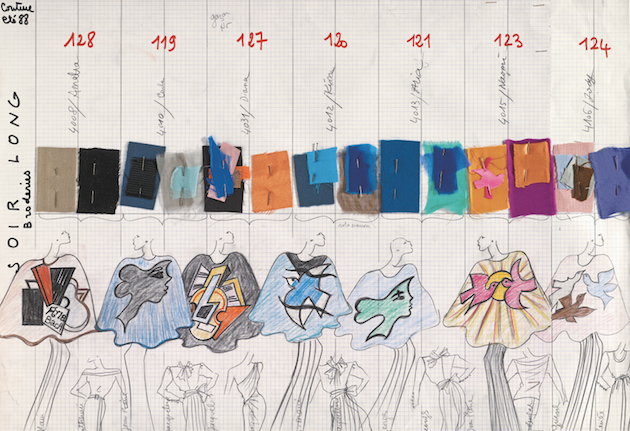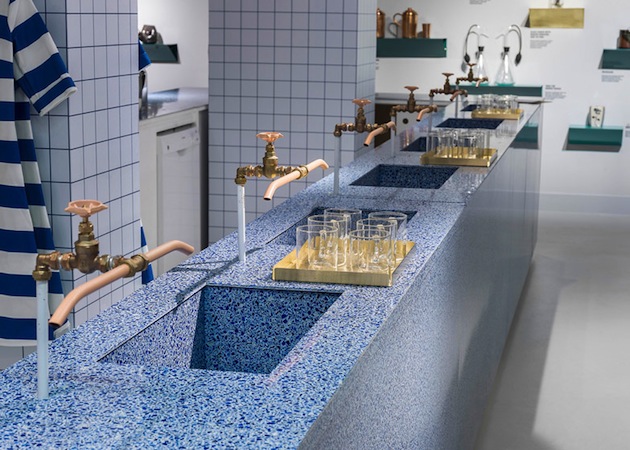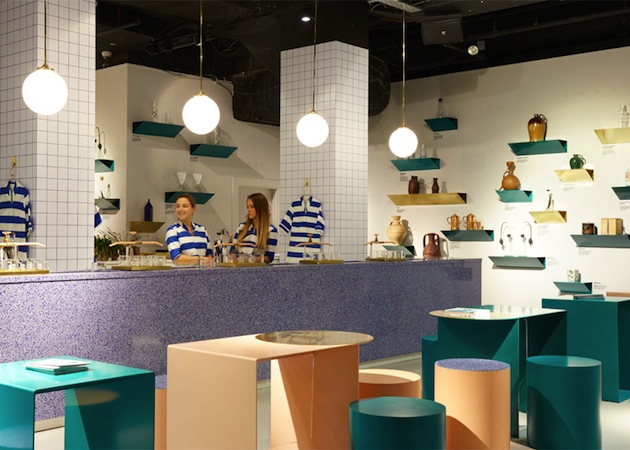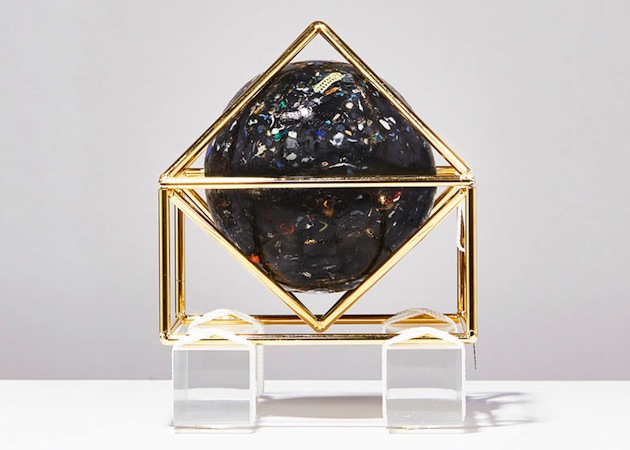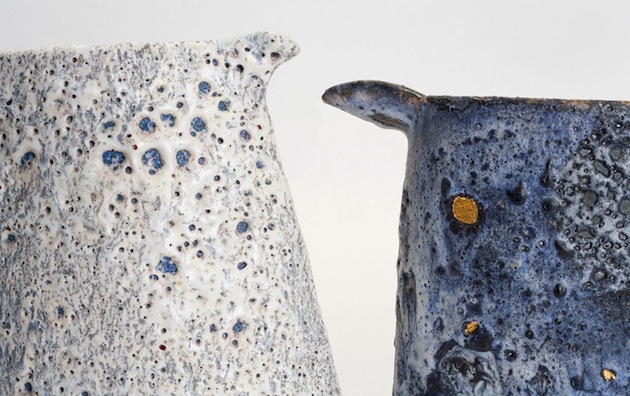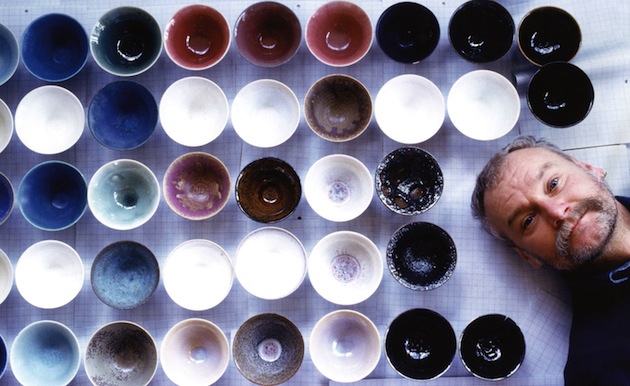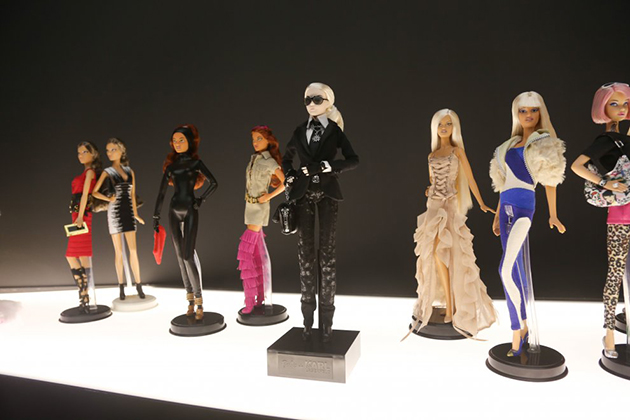
There is something striking in the word ‘icon’. In its bold shortness, it bears all the power embedded in the objects and people it defines. The MUDEC Museo delle Culture in Milan has recently opened an exhibition called ‘The Icon’. The exhibition is dedicated to the tall, blonde, America’s sweetheart par excellence – Barbie.
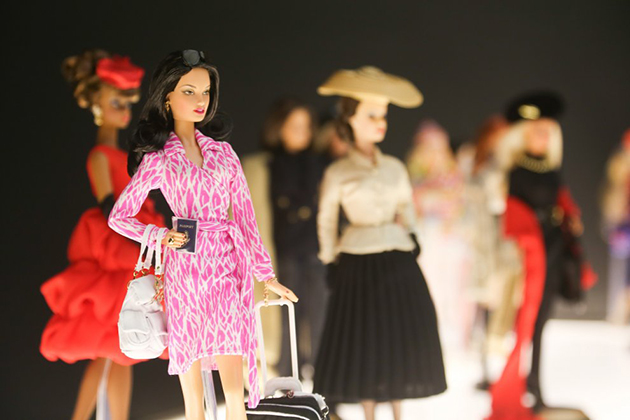
Curated by Massimiliano Capella, the exhibition celebrates Barbie’s 56th birthday, crossing the boundaries between space and time; it showcases about 400 different dolls, and is divided in five sections: the first dedicated to the relationship between Barbie and the fashion world; the second centred on the family, the people who compose Barbie’s ‘clique’; the third showcases the professions which Barbie has taken over during her long life; the fourth looks at the traditional costumes from different countries and cultures that Barbie has worn; the fifth and last section is called ‘Regina, Diva and Celebrity’ and addresses to the popularity and the very features of Barbie as an icon. It is interesting to think about why a museum mainly concerned with ethnography and anthropology would organise an exhibition about Barbie. It is not only a celebration of an icon of pop culture, but a reflection on one of the most recognised and immediate ‘material testimonies’ of almost 60 years of global history.
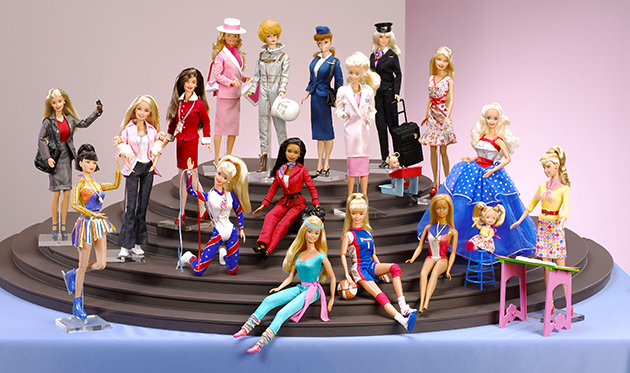
Thinking about material culture, the first questions that come to mind have to do with its impact both as an object with precise characteristics and as a symbol. What is its agency? What is its power? What are the positive and negative consequences in relating to it, as individuals and as politically and culturally defined groups? At a first glance, the exhibition does not seem to offer a completely exhaustive answer to these questions; it doesn’t seem to problematize the matter, serving as a display more than a reflection on controversial hot-topics related to Barbie – for example the discourse around the body or the fixed idea of beauty that the toy proposes. In a way, this feature, generally recognised as negative, is even praised, precisely by presenting the way in which the doll has become an actual muse for fashion designers. Nevertheless, the display is useful to point out some main themes, some main actions of which Barbie is responsible, in her role of icon. First of all education: the section about careers shows the many possible professions that can be taken up by a woman, responding to the cliché that depicts Barbie as an anti-feminist doll; the section about traditional costumes opens up the possibility of teaching diversity, and to open children to different cultures – even though these traditions are applied to a standardised body.
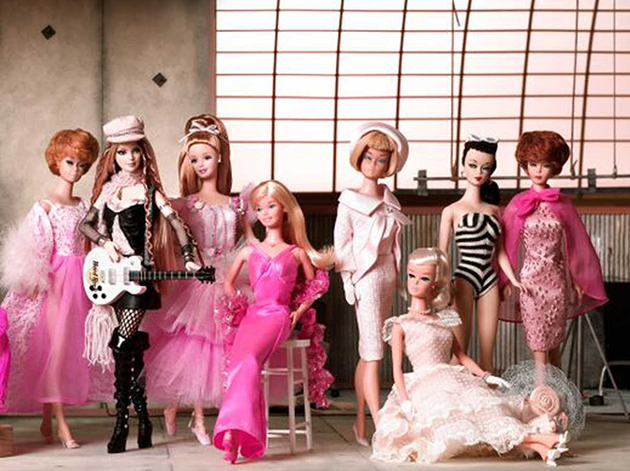
Highly controversial both as an object and as a symbol, Barbie is one of the images of pop culture, and its force resides in its timelessness and in its ability to adapt to changes and to respond rapidly not only to swifts in taste and fashions, but also in culture in the wider sense of the term. Its evolving nature, well addressed by the exhibition, opens up to further analysis of its ‘dark side’ and, in general, its complexity as a cultural product.
Marta Franceschini
